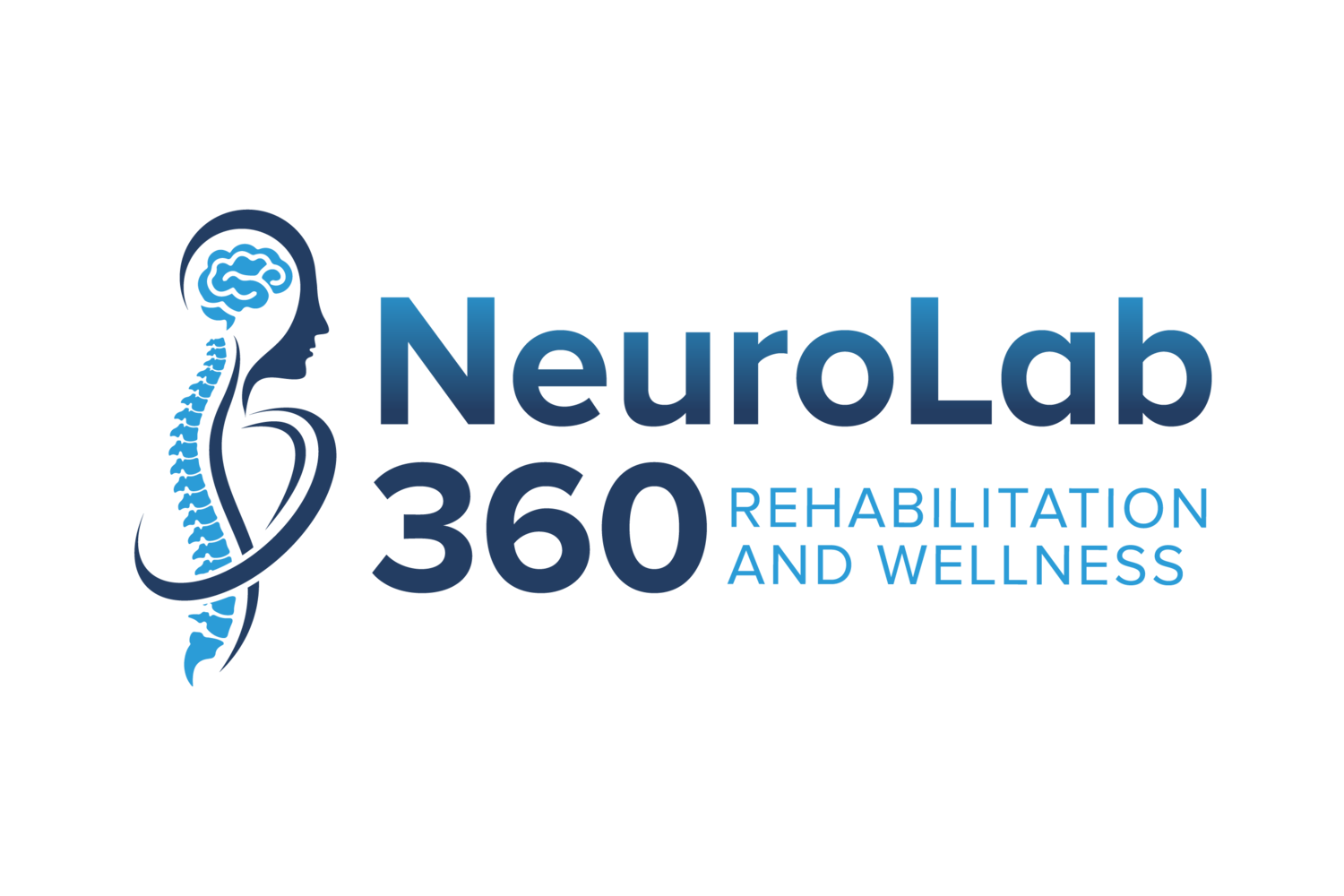Vestibular System and Balance
As mentioned in our earlier posts we have 3 systems that help us maintain our balance: Our vision, somatosensory system, and vestibular system. The vestibular system is our equilibrium system and it is housed in the inner ear. In this blog post we will be discussing our vestibular system more in depth!
Our vestibular system is in our inner ear and is responsible for providing information about motion, equilibrium, and spatial orientation. This information is provided by the vestibular apparatus which includes the utricle, saccule and 3 semicircular canals. The vestibular system can be broken into the peripheral vestibular system (meaning outside of the brain) and the central vestibular system (meaning the connections inside the brain).
PERIPHERAL VESTIBULAR SYSTEM
Five end organs are housed within the labyrinth of the inner ear
Two otolith organs sense gravity and linear acceleration. Otoconia are calcified crystals that sit on a gelatinous layer. Hair cells within our inner ear are embedded in this gelatinous layer. When our head moves, the gelatinous mass moves and stimulates hair cells.
1) Utricle- detects horizontal movement
2) Saccule- detects vertical movement
Three semi-circular canals are endolymph-filled loops that detect angular acceleration in 3 planes. When we move our head in a direction, our canals sense it and the fluid within the canal lags due to inertia and exerts pressure against the canal’s sensory receptors. The receptors then send impulses to the brain about movement from the specific canal that is stimulated.
3 Canals: Anterior, Horizontal, Posterior - These are located at right angles to each other in the inner ear.
Each canal has an expansion (ampulla) that houses sensory hair cells. Hair cells project up into a gelatinous mass (cupula). Head movement in the plane of the canal causes endolymph to push against the cupula, thus deflecting hair cells.
Vestibular portion of Cranial Nerve VIII
The Vestibulocochlear nerve is responsible for transmitting sound and equilibrium from the inner ear to the brain.
Balance information provided by the peripheral sensory organs – eyes, muscles, joints and the two sides of the vestibular system – is sent to the brainstem (the area in between the brain and the spinal cord). There, information is sorted out and integrated with learned information contributed by the cerebellum.
CENTRAL VESTIBULAR SYSTEM
The vestibular nuclear complex integrates information from multiple sensory, motor, and higher-level cognitive systems. This complex includes projections to the spinal cord, cerebellum, and nuclei of cranial nerves III, IV, & VI to produce appropriate output commands for the control of eye, head, and body movements.
Cerebellum - 3 functional regions:
Cerebrocerebellum
Spinocerebellum
Vestiulocerebellum is responsible for:
Adaptation
Compensation from vestibular deficits
Motor learning
Regulation of balance and eye movements
Vestibular nuclear complex pathways
Pathways to the thalamus and cortex – provide sensation and perception of head movement
Vestibulospinal pathways – motor commands to the muscles of the neck, upper torso, and lower limbs to maintain balance and posture
Vestibulo-ocular pathways – pathways to the nuclei of cranial nerves III, IV, and VI, all which control eye movement
Vestibulo-ocular reflex - functions to maintain a steady image on the retina when the head is moving and produces compensatory eye movements in the opposite direction of head movement.
Due to the sensitivity of the system and close working relation with our eyes and the communication with our brain, when this system gets impaired it can cause mixed messages to the brain about where your body is. This can lead to dizziness and disorientation that can significantly affect your balance. We can train our vestibular system through balance exercises that bias this system in order to help improve vestibular input and therefore balance. If you are experiencing dizziness, disorientation, or imbalance, reach out to your physician or us at NeuroLab 360!
References:
Jones SM, Jones TA, Mills KN, Gaines CG. Anatomical and physiological considerations in vestibular dysfunction and compensation. SeminHear. 2009;30(4):231-241.
Lee AT. Diagnosing the cause of vertigo: a practical approach. Hong Kong Med J. 2012;18(4):327-332.
HerdmanSJ, Hall CD, Schubert MC, Das VE, TusaRJ. Recovery of dynamic visual acuity in bilateral vestibular hypofunction. Arch OtolaryngolHead Neck Surg. 2007;133:383-389.



